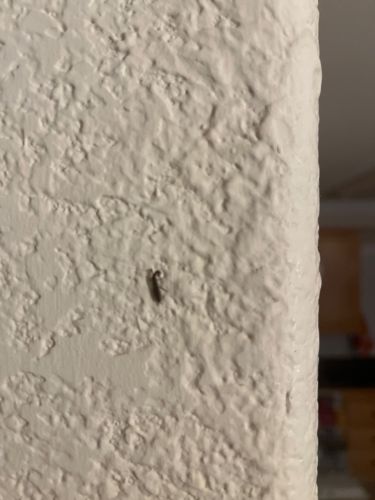Fungus Gnat
Scientific Name: Bradysia spp.
Order & Family: Diptera (Flies), Sciaridae (Dark-winged fungus gnats)
Size: 2-8 mm (adults)

Natural Habitat
Damp, humid environments rich in decaying organic matter; commonly found in potted plants, greenhouses, and moist soil.
Diet & Feeding
Larvae feed on fungi, decaying organic matter, and plant roots; adults feed on liquids but generally do not feed much and are short-lived.
Behavior Patterns
Adult fungus gnats are weak fliers and often stay near the soil surface. They are attracted to light. Larvae live in the soil and are responsible for most of the feeding. Their life cycle typically takes 3-4 weeks from egg to adult.
Risks & Benefits
Potential risks include damage to plant roots, especially seedlings, by the feeding larvae, which can lead to wilting or plant death. They are primarily a nuisance pest in homes. They do not pose direct health risks to humans. In natural ecosystems, they play a role in decomposition.
Identified on: 9/18/2025